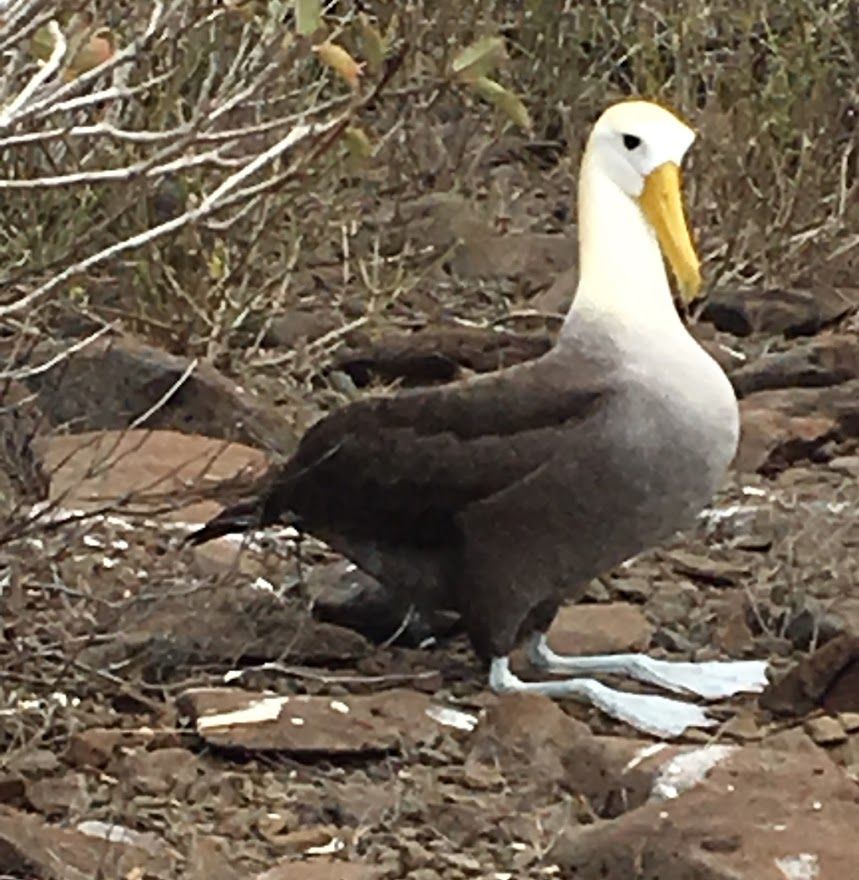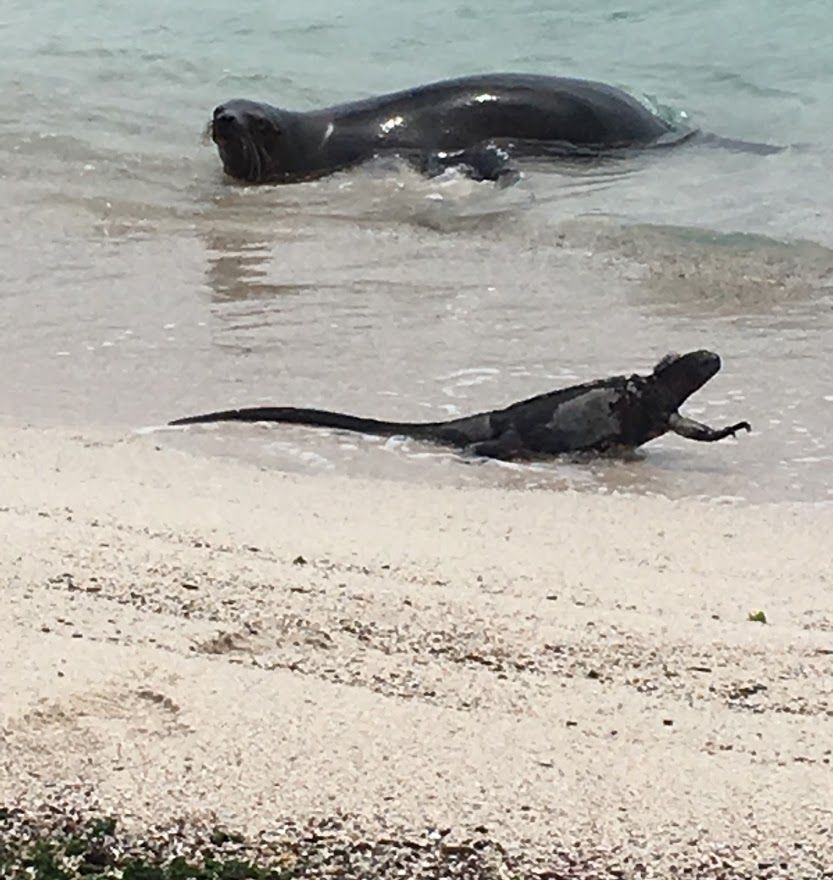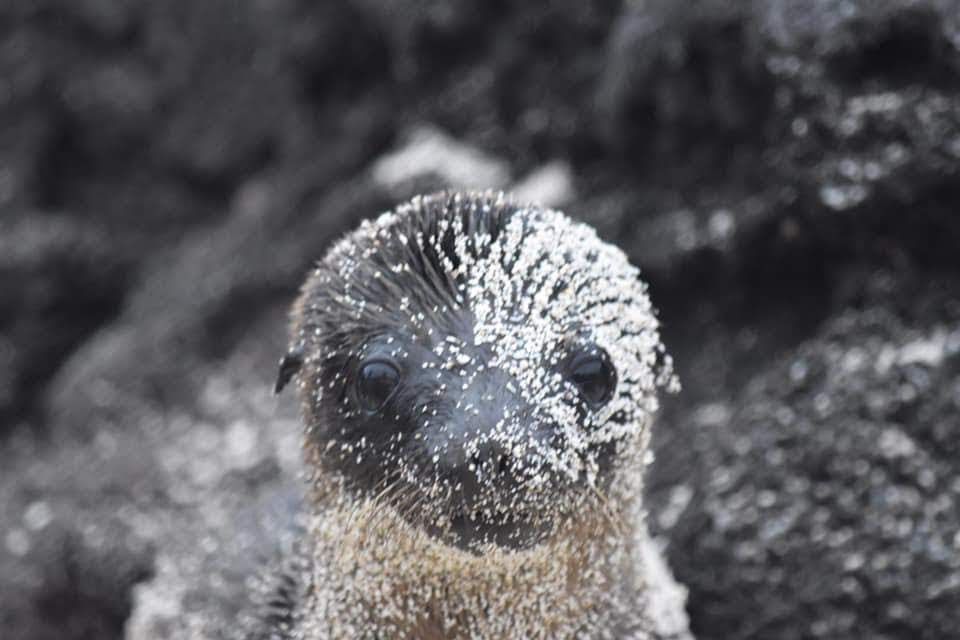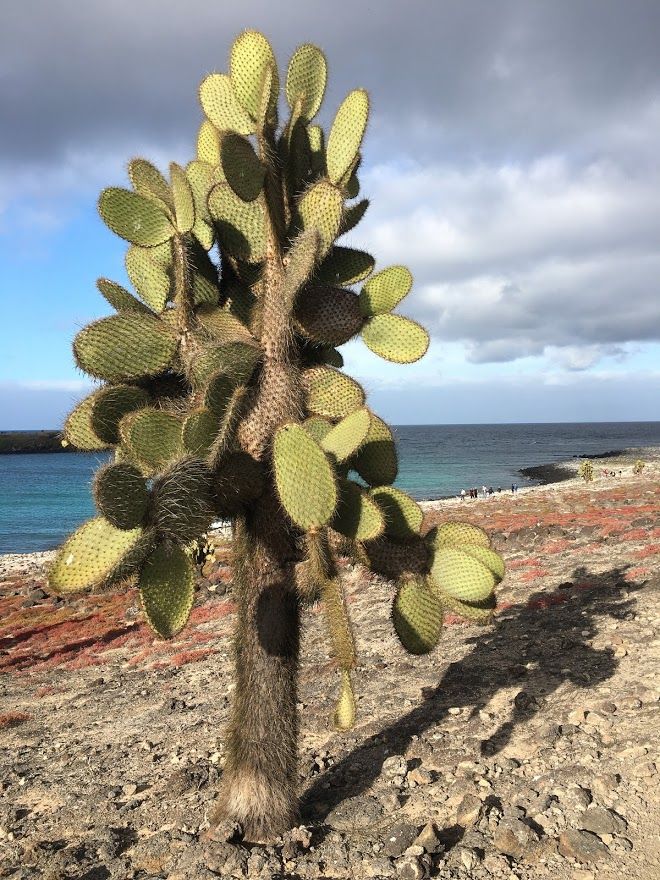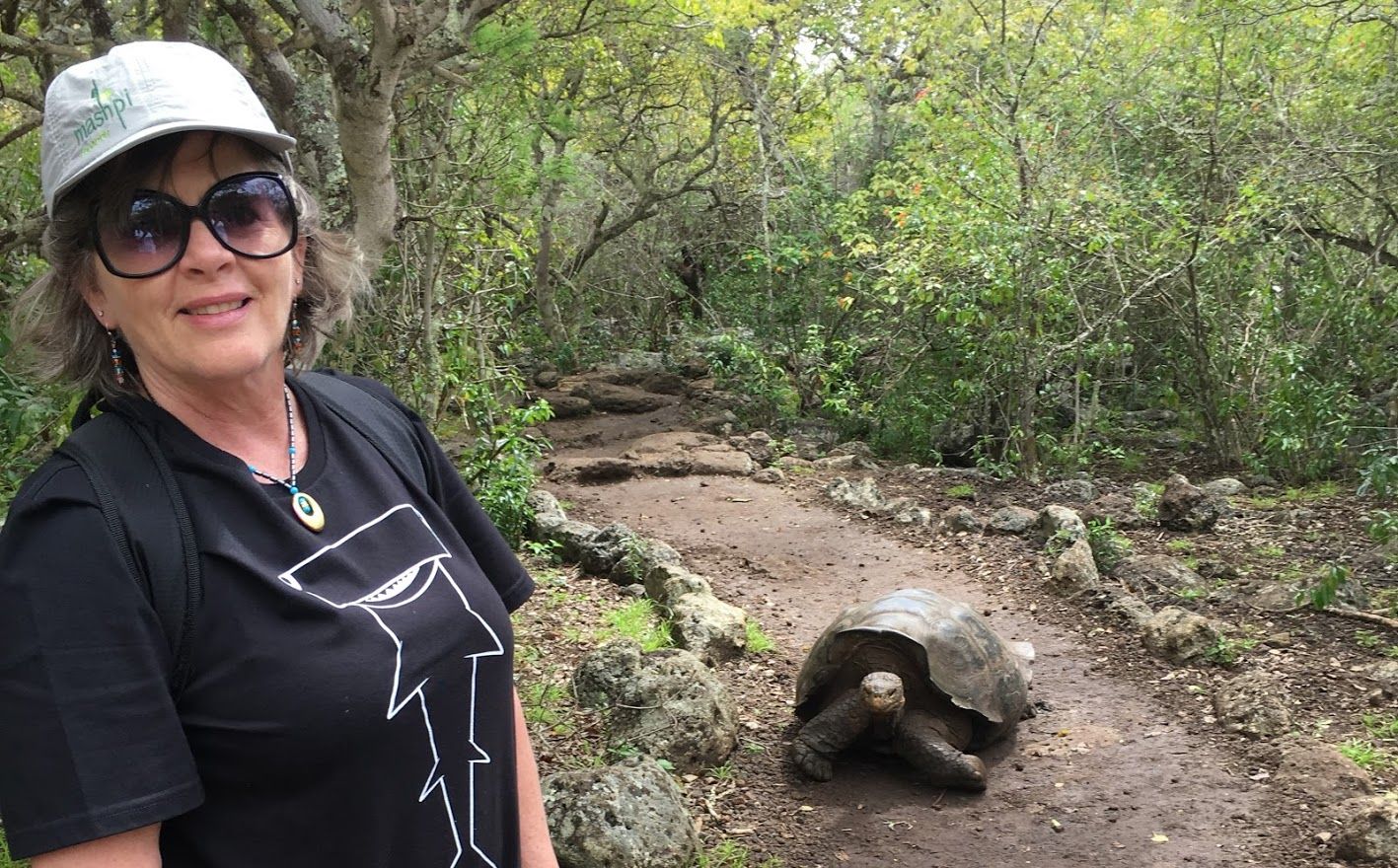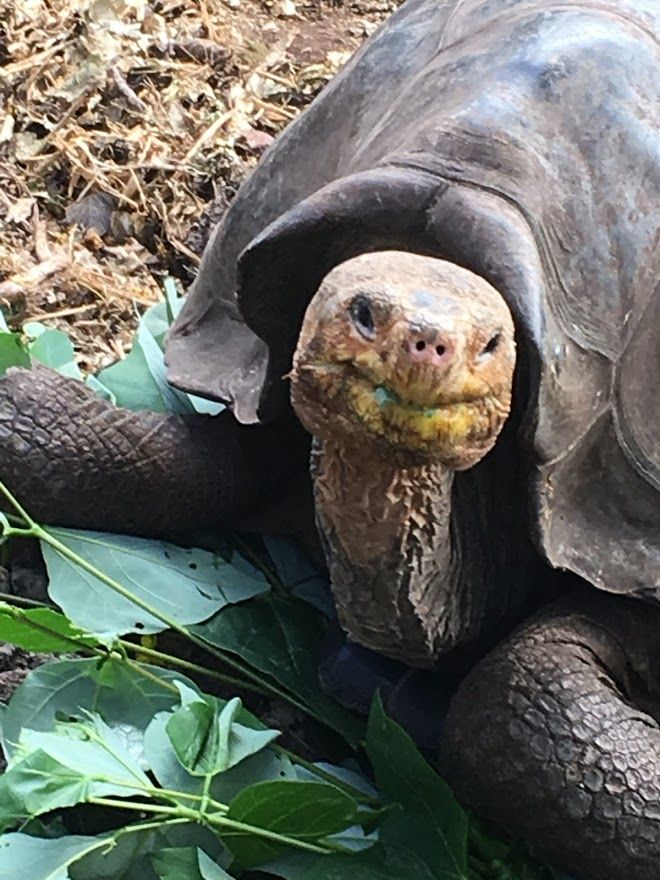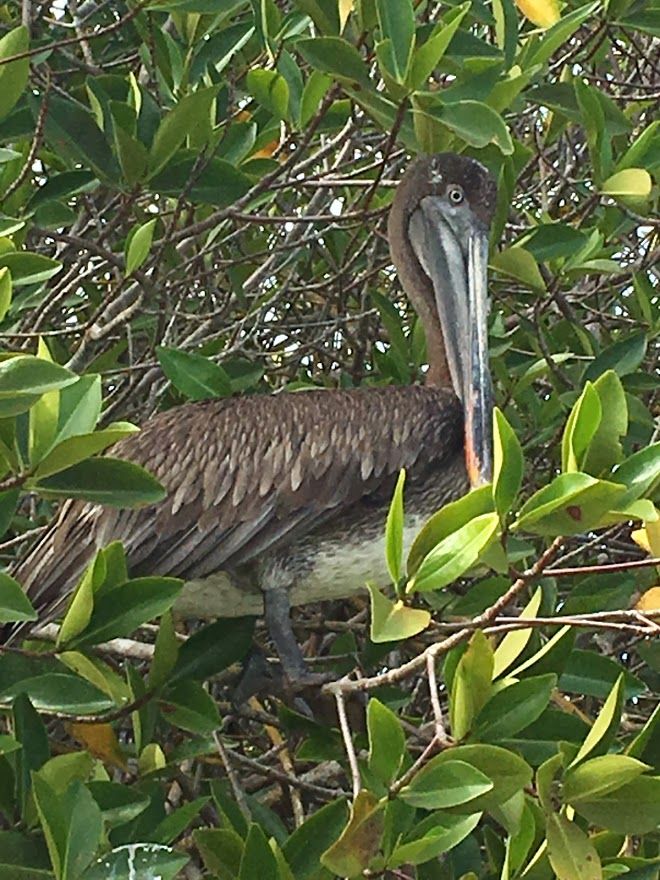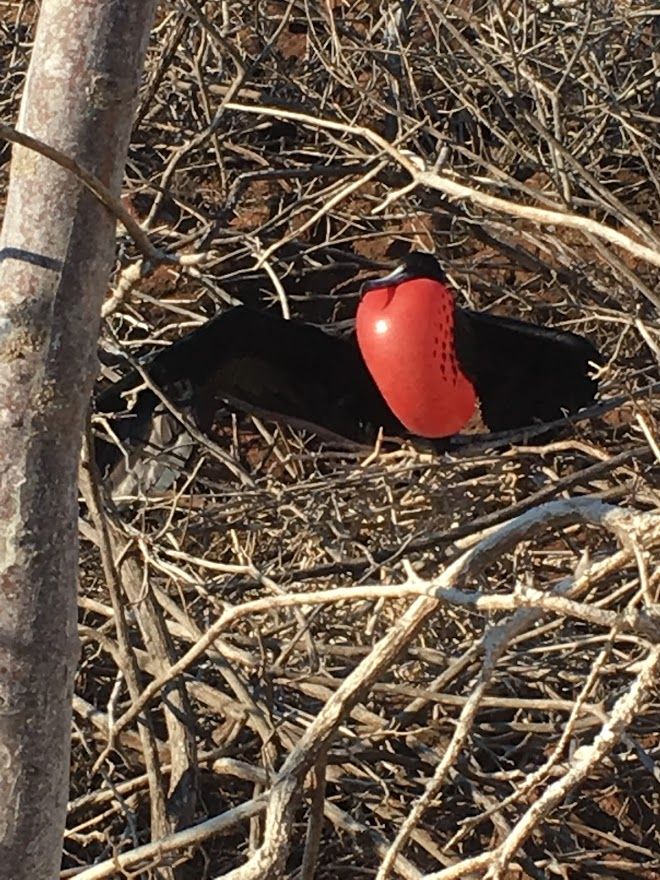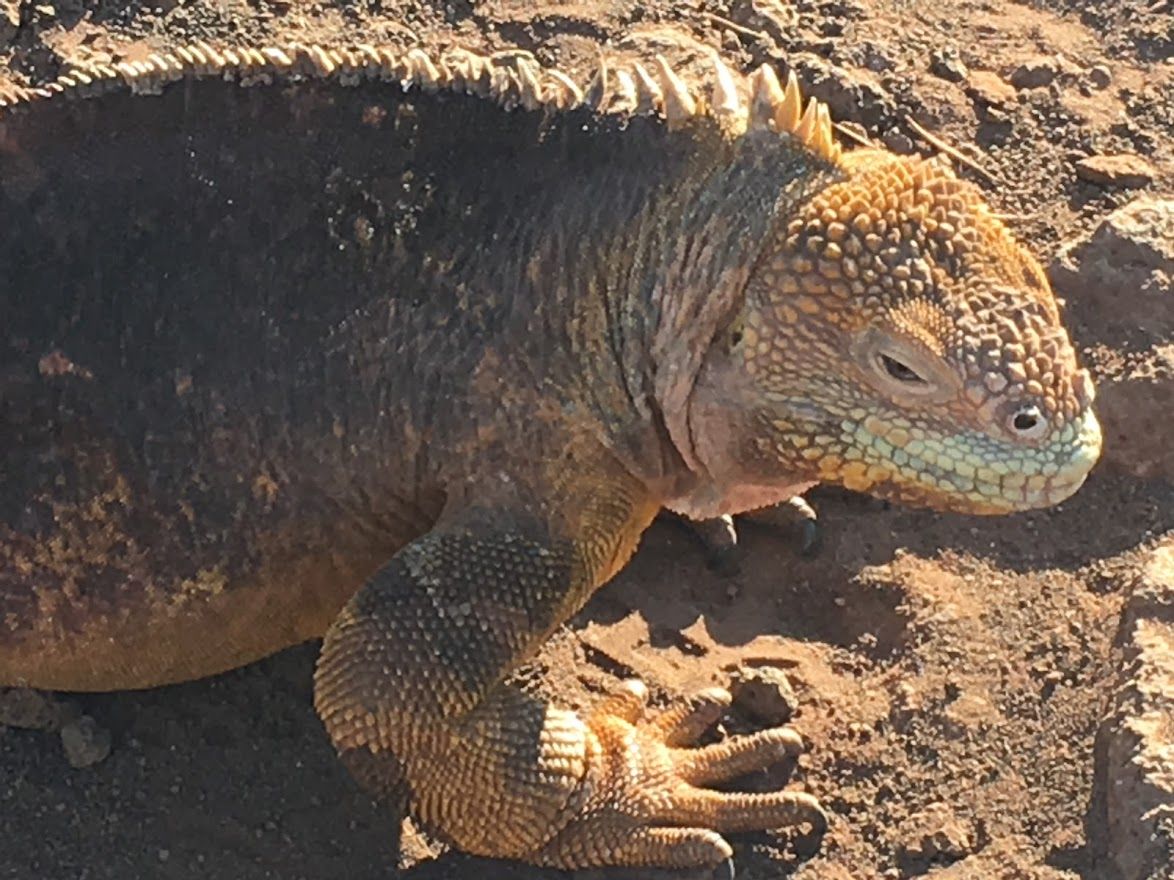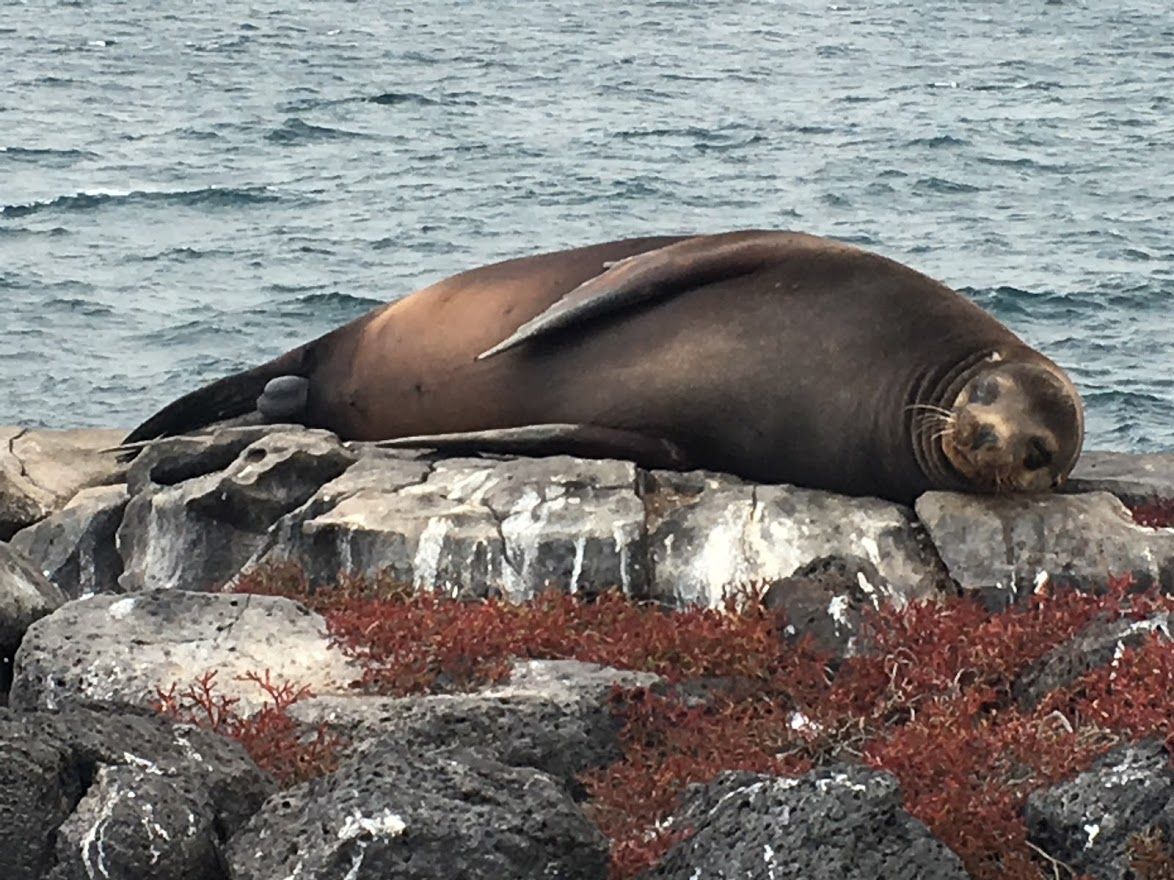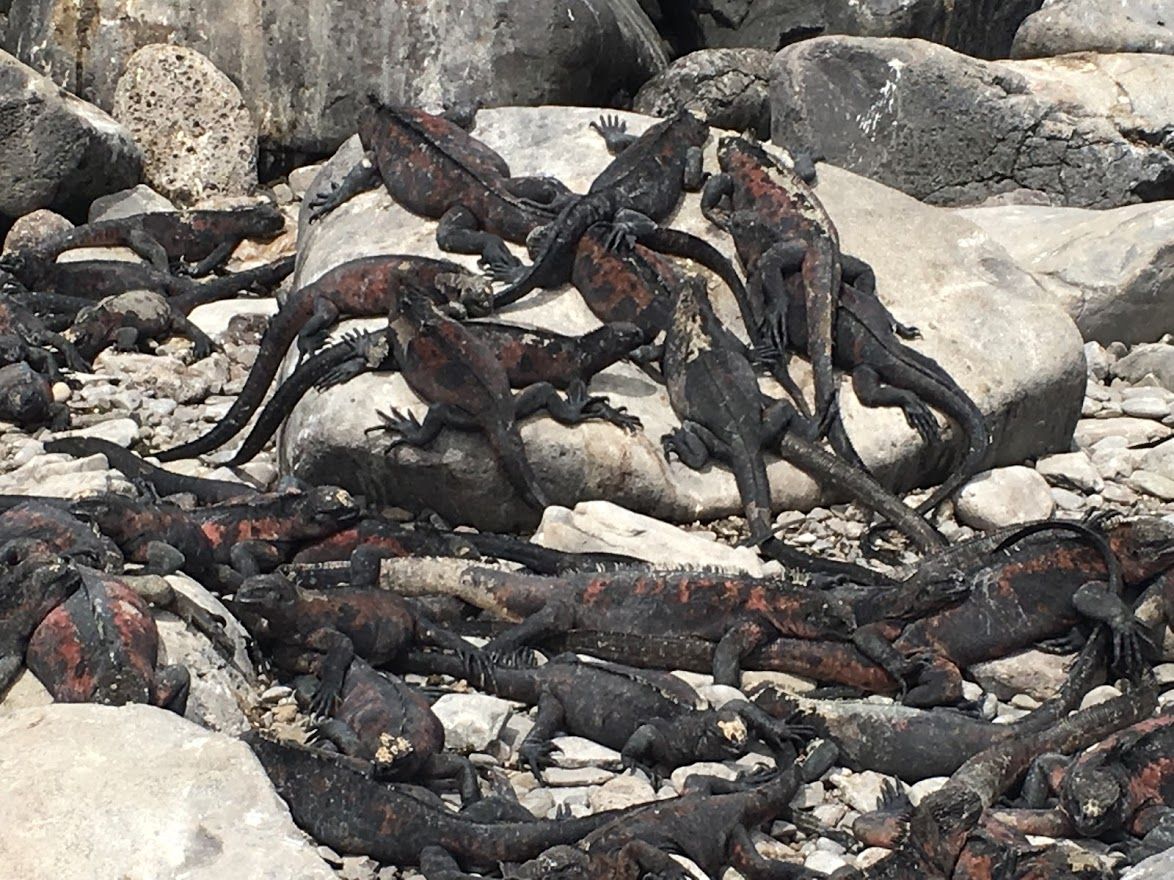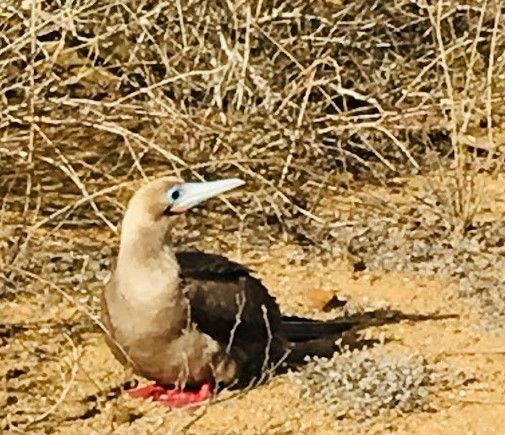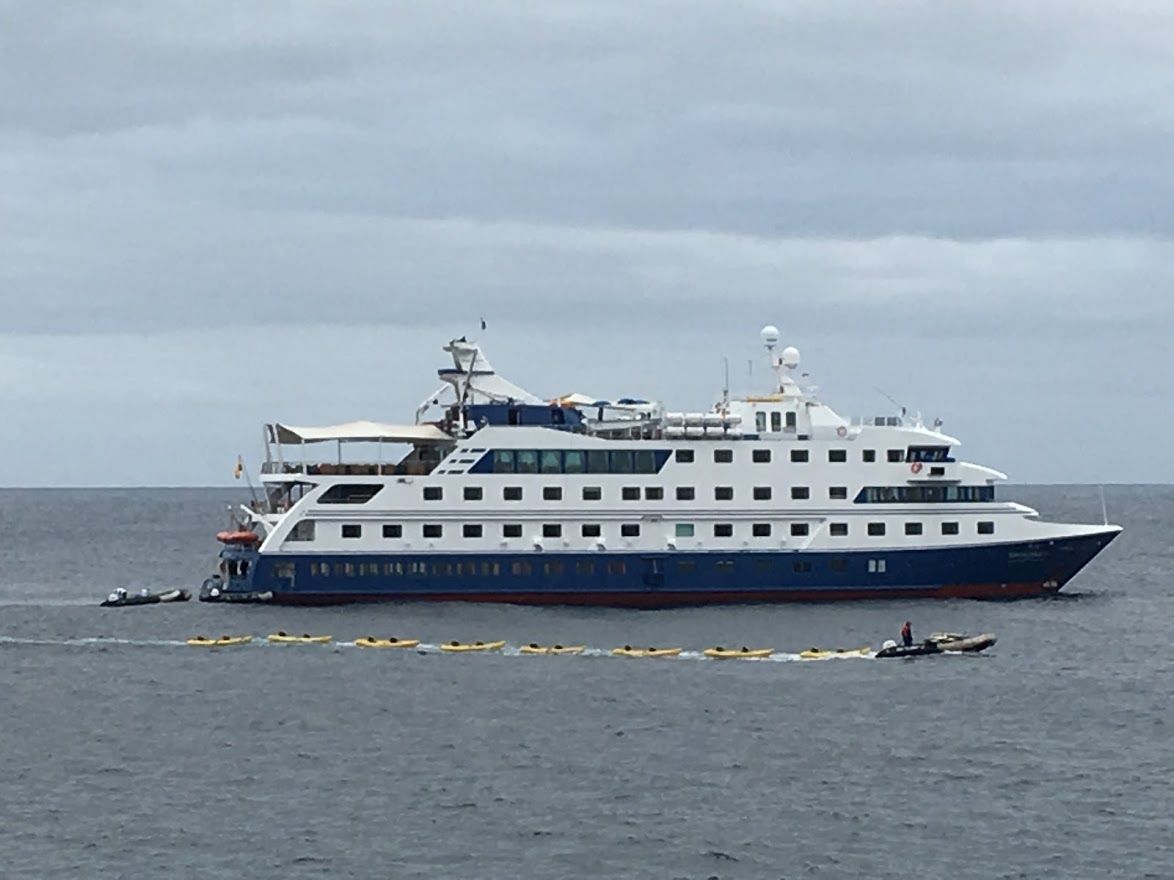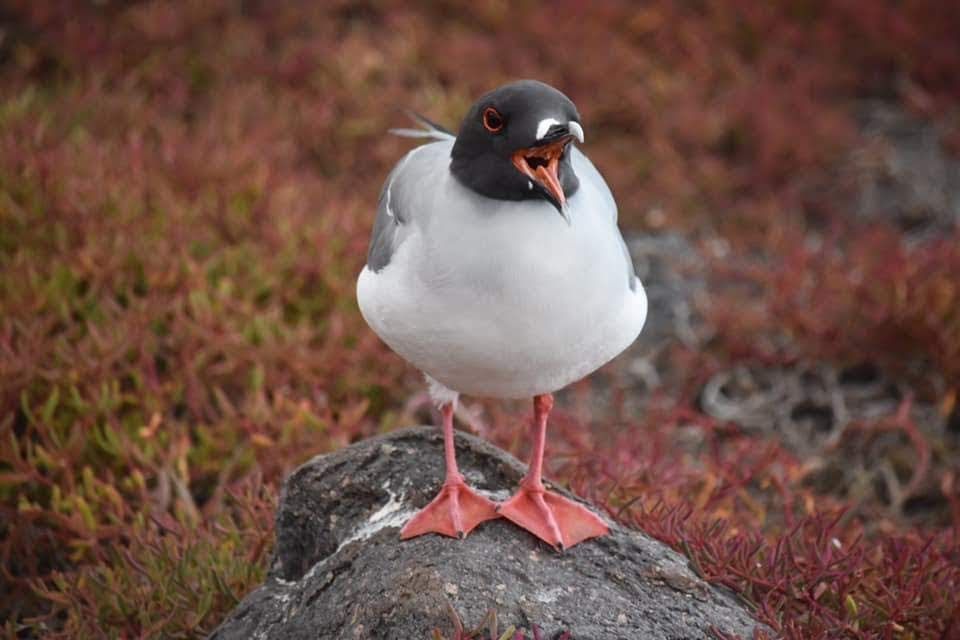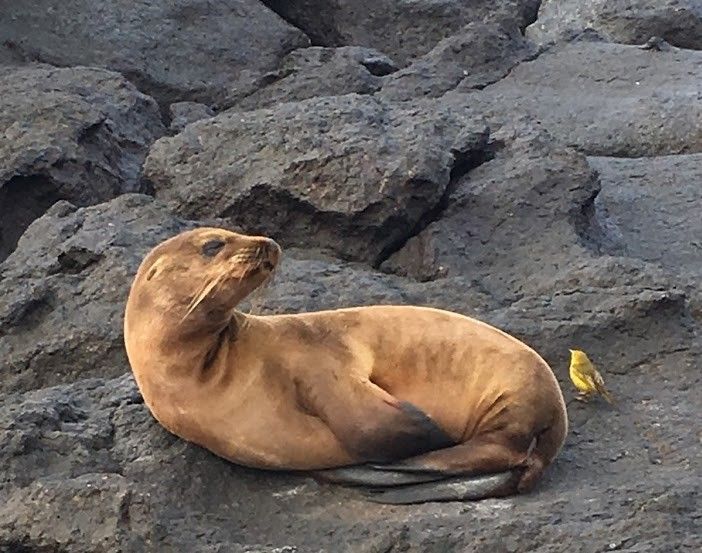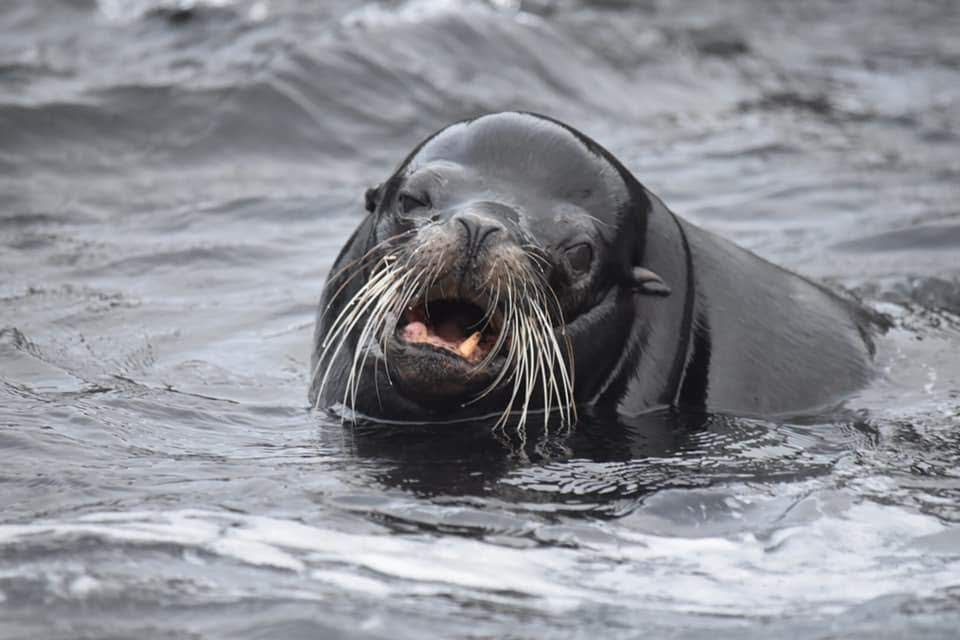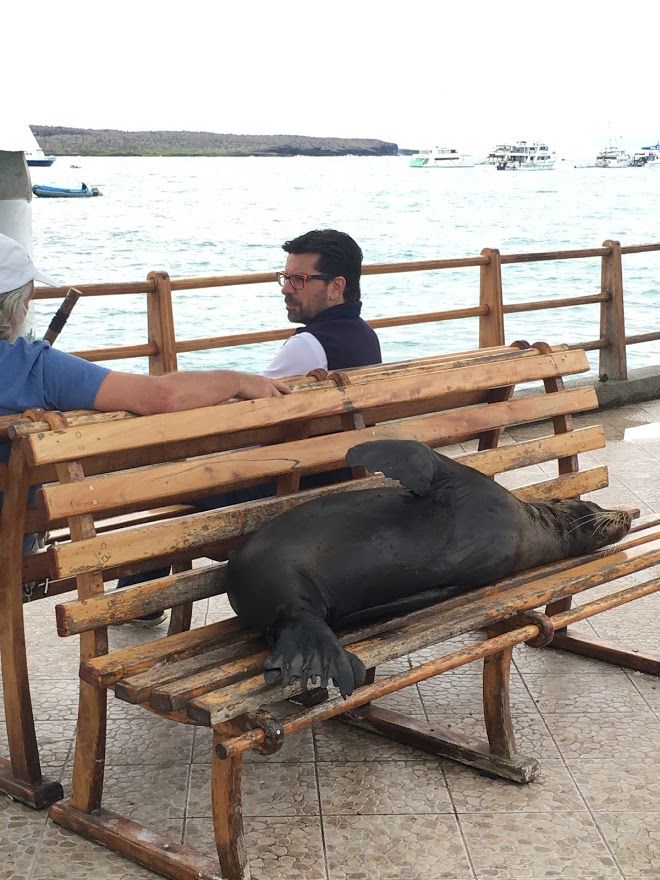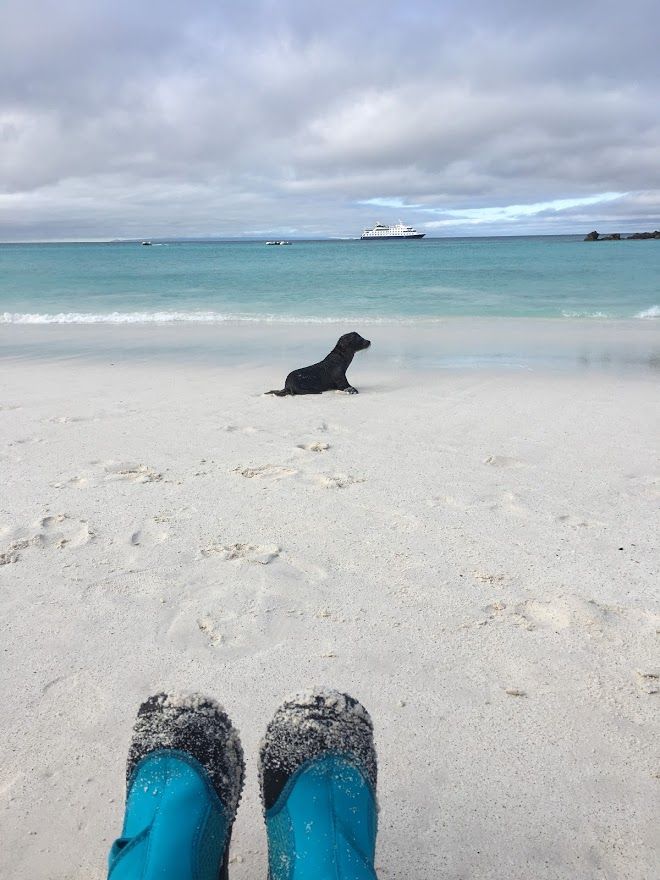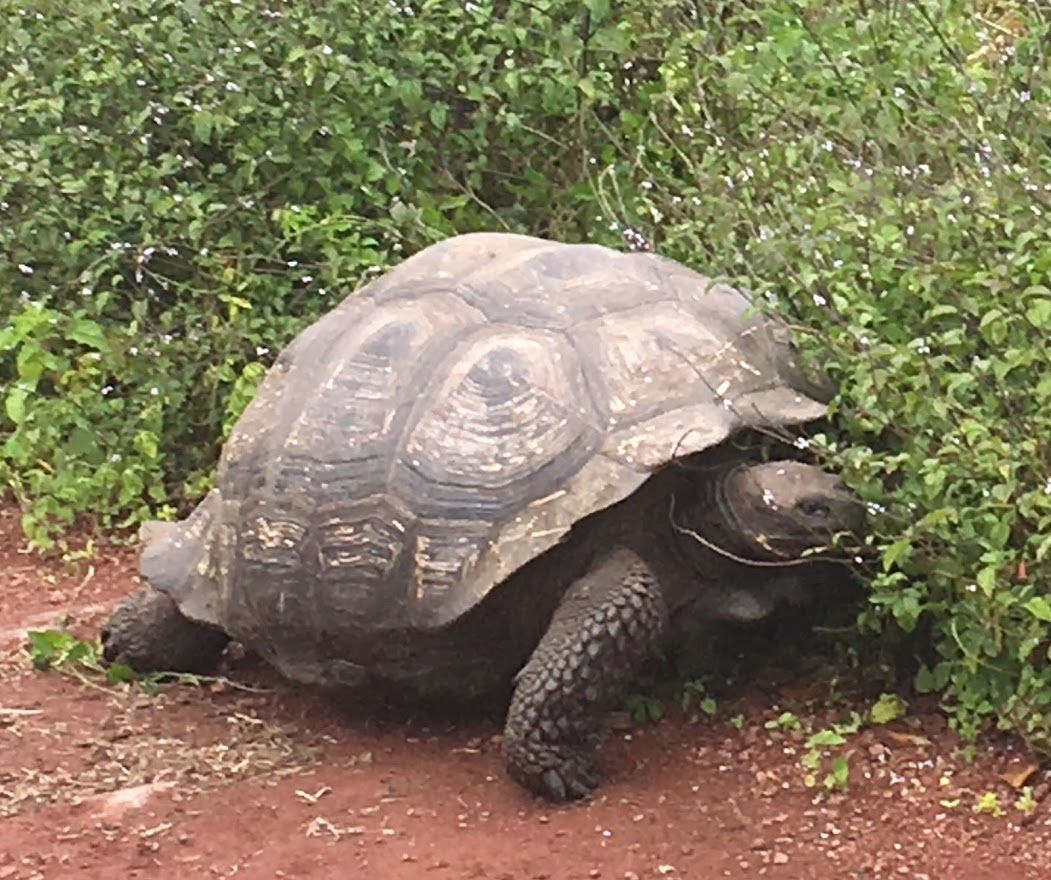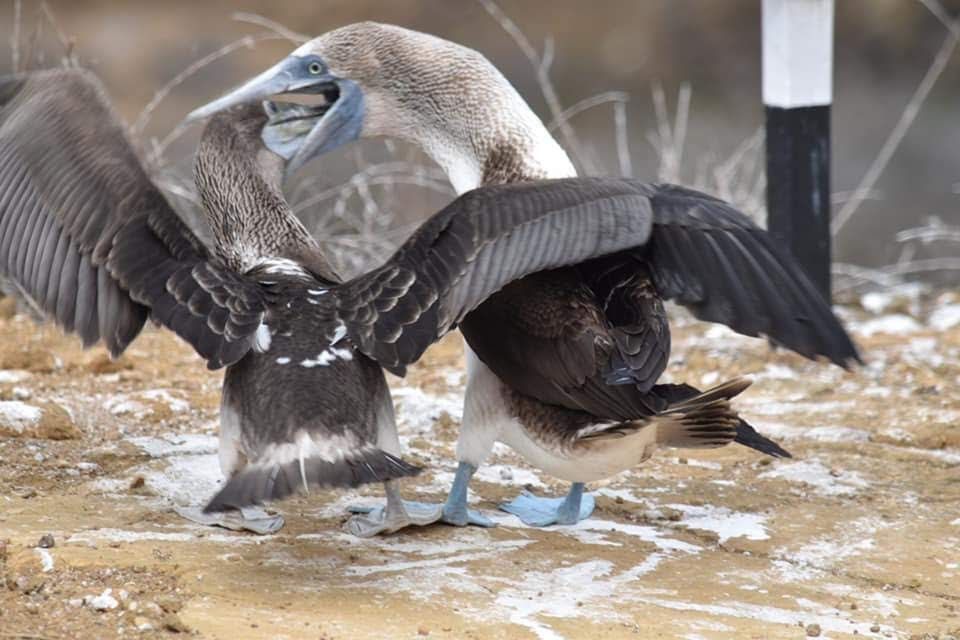
Galapagos
Galapagos Islands 2019
The Galapagos Islands is a volcanic archipelago in the Pacific Ocean situated around the Equator and are located about 965kms west of continental Ecuador. It is a province of Ecuador and are all part of Ecuador’s national park system. It is considered one of the world’s foremost destinations for wildlife viewing. Its isolated terrain shelters a diversity of plant and animal species found nowhere else. Charles Darwin visited in 1835, and his observation of Galapagos’ species later inspired his theory of evolution. It gets its name from the word galapago which means saddle, after the shells of the saddle-backed Galapagos tortoises.
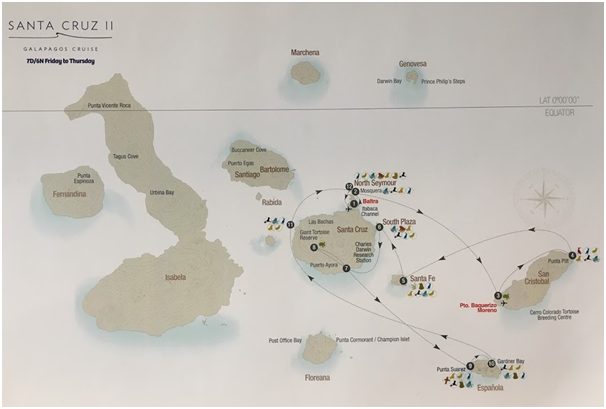
I have wanted to travel here for such a long time and my dream came true in 2019. My expectations were not only met but were exceeded 100-fold. It is such a photographer’s paradise.
We flew from Quito, Ecuador via Guayaquil and on to Baltra. After landing on Baltra Island, we travelled by ferry across to Santa Cruz Island where we boarded our coach to tour the Island. We had our first taste of the amazing nature here, when we kept passing Giant tortoises roaming free, often looking like a boulder on the side of the road. We stopped for lunch at a restaurant in the highlands and were able to walk around the property for an hour or so passing within metres of many giant tortoises. It is compulsory to stay at least 2 metres away from any wildlife on the Galapagos Islands. We then travelled back to Puerto Ayora, the port on Santa Cruz and were then taken by tender out to our cruise ship for the next 7 days, MV Santa Cruz II.
The next morning we cruised to San Cristobal Island and disembarked at the capital - Puerto Baquerizo Morena. We went by coach to Cerro Colorado, the breeding centre for the highly endangered Giant Tortoises. We toured the facility and saw tortoises of all ages – from days-old hatchlings right up to very senior adult tortoises. An adult giant tortoise even came ambling down our pathway and we all had to make way for it. We also saw a San Cristobal mockingbird and San Cristobal lava lizard, both endemic to the Island. When we returned to our ship, we cruised to Punta Pitt on the eastern tip of this Island for our afternoon excursion. This is one of the few places in the world to see red-footed boobies. While walking around this area we also saw blue-footed boobies and their chicks, Nazca boobies (white plumage) and frigate birds. We had a snorkel at the beach before returning to the ship and seals joined in with the fun.
We awoke the next day at Santa Fe Island having cruised there overnight. We went ashore by tender where we saw lots of sealions along with their babies. We also saw the endemic Santa Fe land iguana, Galapagos Hawk, lava lizards and a snake. There were also cactus trees with interesting bark patterns. We finished our time here with a choice of a snorkel or kayaking. I snorkelled and saw sea turtles, a sea lion, kinas and large schools of various coloured fish including yellow tails. After lunch we cruised to South Plaza Island seeing humpback whales breaching in the distance. This island had been ravaged by wild goats many years ago. Natural vegetation is slowly returning since the goats were culled about 40 years ago. We walked through landscape dotted with cactus trees and succulents that gave a red hue to the place. We saw marine iguanas, land iguanas (including one with gold feet!), yellow finch, swallow tail gulls and sea lions.
The next day we cruised back to Puerta Ayora on Santa Cruz Island and visited the Darwin Research Station. We toured the complex and saw more tortoises and even (taxidermied) Lonesome George, the famous Pinta Island Giant Tortoise, who died in 2012 at the estimated age of 102. We saw several different land iguana as well. We spent the afternoon relaxing at the luxurious Finch Bay Resort and returned to the ship in the late afternoon. While waiting for our tender back to the ship we saw sealions lying on the bench seats on the wharf and reef sharks were swimming around the pier.
Overnight we cruised to Punta Suarez on Espanola Island. When we went ashore, the track we had to start walking on was completely blocked by at marine iguanas and we had to carefully walk through them as they did not move. The first beach we came to had lots of sealions and their pups, plus lots of lava lizards. Carrying along the track we saw a Galapagos Albatross egg, and then hit the jackpot with a nesting Albatross. We came out on an exposed headland with a spectacular blowhole, and thousands of marine iguanas, more blue-footed boobies and gulls. We returned to the ship for lunch.
After lunch we cruised to Gardner Bay – another part of Espanola Island. We went ashore on a lovely white sandy beach and we saw lots of sealions and pups, mocking birds and yellow finches. A huge whale skeleton lay above the high tide mark. We enjoyed a snorkel around Osborn Islet - saw leather jackets, yellow tail, stingrays and a turtle - before returning to the ship.
We cruised to Santa Cruz Island overnight. At Eden Islet we hugged the coastline by tender. We saw cormorants, herons and blue footed boobies in the large mangrove trees. The delta of this stream is known for being a shark nursery and we saw lots of baby sharks as well as marine iguanas. We then cruised around some cliffs and saw lots of sealife through a glass-bottom boat and loads of red crabs on the rocks. Frigate birds kept following our ship as we cruised to North Seymour Island after lunch. This island was formed by a volcanic event and has a low, flat profile. It is a haven for countless bird and reptile species. During a walk we saw 2 varieties of frigate birds, including the ones with bright red chests that they inflate for courtship, land iguanas, blue footed boobies, herons, sea lion adults and pups and lots of juvenile birds. As this Island has never been inhabited by humans the wildlife was not at all afraid of us – even the chicks in nests.
We returned to the ship and enjoyed a Farewell Dinner with the Captain and amazing crew. The next morning we were tendered ashore to our waiting coach to take us to the airport at Baltra.
There is a list of the Galapagos 15, with 15 of the most iconic species found there. We saw 12 of the 15 during our time on the cruise. I will just have to go back again and complete seeing the last 3 on the list. A truly memorable experience with magical moments happening all day, every day.
